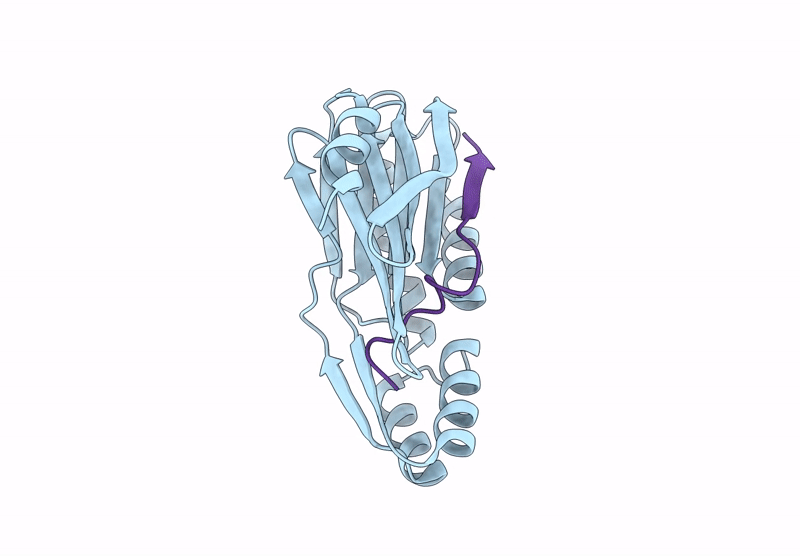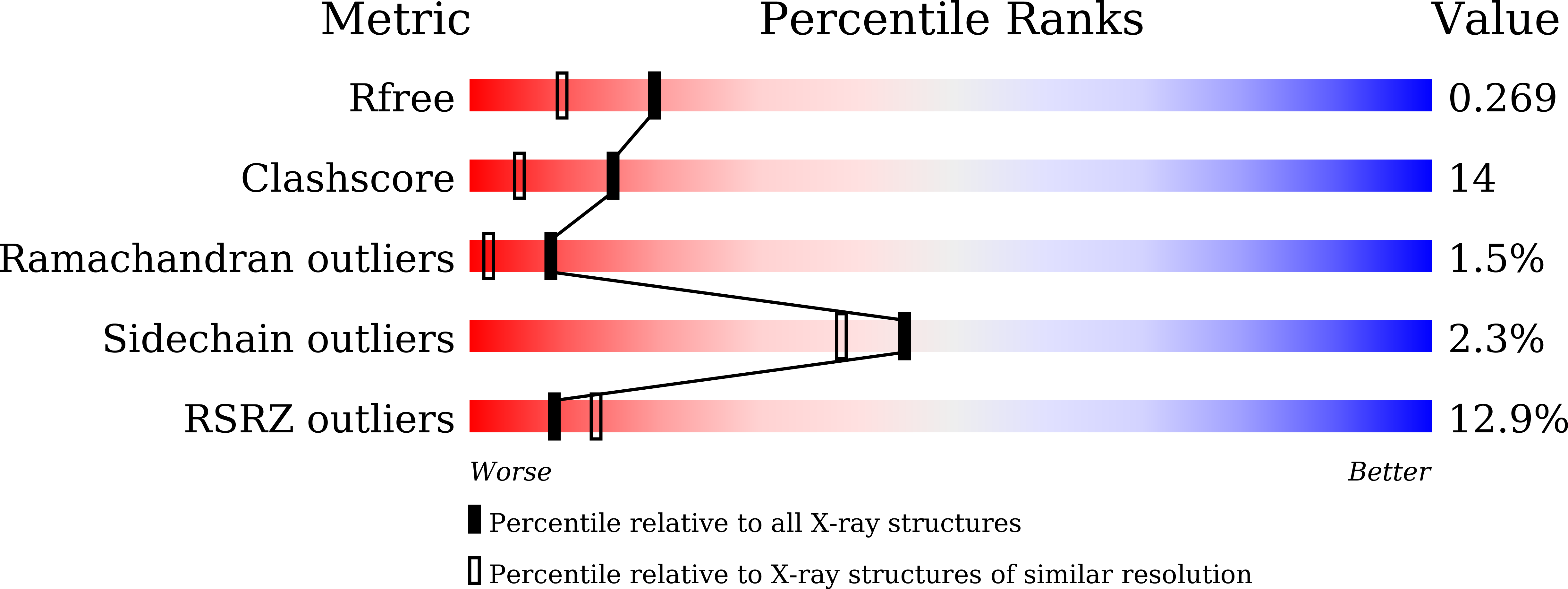
Deposition Date
2023-09-27
Release Date
2025-01-15
Last Version Date
2025-01-22
Entry Detail
PDB ID:
8WKD
Keywords:
Title:
Connectase T1A C192S mutant from Methanocaldococcus mazei with peptide substrate
Biological Source:
Source Organism:
Methanosarcina mazei (Taxon ID: 2209)
Host Organism:
Method Details:
Experimental Method:
Resolution:
1.98 Å
R-Value Free:
0.26
R-Value Work:
0.21
R-Value Observed:
0.22
Space Group:
P 21 21 2


